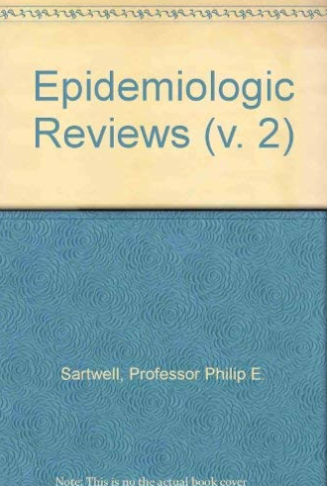产志贺毒素大肠杆菌的培养期
IF 3.8
2区 医学
Q1 PUBLIC, ENVIRONMENTAL & OCCUPATIONAL HEALTH
引用次数: 4
摘要
摘要志贺毒素产生的大肠杆菌是在人类胃肠道中发现的致病菌。严重感染可能导致危及生命的并发症,尤其是在幼儿和老年人中。了解目前不一致和不明确的潜伏期分布,有助于控制疾病负担。我们对疫情调查报告进行了系统审查,提取了个体潜伏期数据和总结估计,测试了异质性,将研究分为异质性有限的亚组,并进行了荟萃分析,以确定可能导致病原体潜伏期分布的因素。28项研究被确定纳入综述(其中1项包括2次疫情的信息),结果I2值为77%,表明高度异质性。研究分为5个亚组,平均潜伏期为3.5至8.1天。潜伏期随着患者年龄的增长而增加,发病率每增加10%,潜伏期就减少7.2小时。本文章由计算机程序翻译,如有差异,请以英文原文为准。
Incubation Period of Shiga Toxin–Producing Escherichia coli
Abstract Shiga toxin–producing Escherichia coli are pathogenic bacteria found in the gastrointestinal tract of humans. Severe infections could lead to life-threatening complications, especially in young children and the elderly. Understanding the distribution of the incubation period, which is currently inconsistent and ambiguous, can help in controlling the burden of disease. We conducted a systematic review of outbreak investigation reports, extracted individual incubation data and summary estimates, tested for heterogeneity, classified studies into subgroups with limited heterogeneity, and undertook a meta-analysis to identify factors that may contribute to the distribution of the pathogen’s incubation period. Twenty-eight studies were identified for inclusion in the review (1 of which included information on 2 outbreaks), and the resulting I2 value was 77%, indicating high heterogeneity. Studies were classified into 5 subgroups, with the mean incubation period ranging from 3.5 to 8.1 days. The length of the incubation period increased with patient age and decreased by 7.2 hours with every 10% increase in attack rate.
求助全文
通过发布文献求助,成功后即可免费获取论文全文。
去求助
来源期刊

Epidemiologic Reviews
医学-公共卫生、环境卫生与职业卫生
CiteScore
8.10
自引率
0.00%
发文量
10
期刊介绍:
Epidemiologic Reviews is a leading review journal in public health. Published once a year, issues collect review articles on a particular subject. Recent issues have focused on The Obesity Epidemic, Epidemiologic Research on Health Disparities, and Epidemiologic Approaches to Global Health.
 求助内容:
求助内容: 应助结果提醒方式:
应助结果提醒方式:


